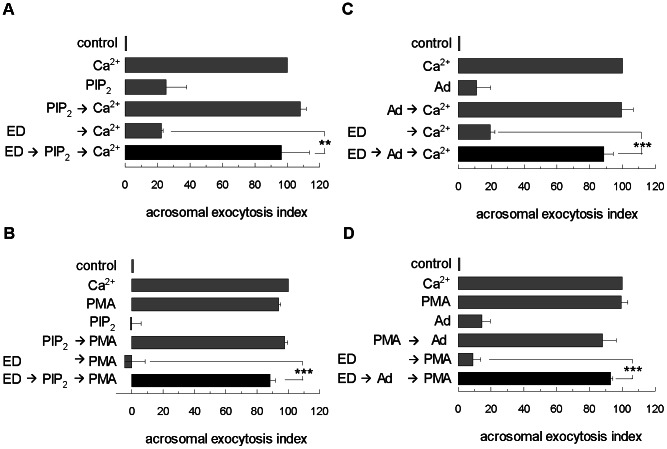Figure 4. PIP2 and adenophostin rescue inhibition of MARCKS effector domain in acrosomal exocytosis.
Permeabilized sperm were treated for 15 minutes at 37°C with 1 µM MARCKS effector domain (ED); then, 50 µM PIP2 was added for another 15 min and acrosomal exocytosis was initiated by adding 10 µM free Ca2+ (A) or 200 nM PMA (B). The incubation continued for an additional 15 minutes (black bars). Control experimental conditions (gray bars) include background acrosomal exocytosis in the absence of any stimulation (control), acrosomal exocytosis stimulated by 10 µM free Ca2+ (Ca2+) and by 200 nM PMA (PMA), the absence of effect of PIP2 with or without acrosomal exocytosis stimulation. Permeabilized sperm were treated for 15 minutes at 37°C with 1 µM MARCKS effector domain (ED); then, 5 µM adenophostin was added (Ad), and acrosomal exocytosis was initiated by adding 10 µM free Ca2+ (C) or 200 nM PMA (D). The incubation continued for an additional 15 minutes (black bars). Control experimental conditions (gray bars) include background acrosomal exocytosis in the absence of any stimulation (control), acrosomal exocytosis stimulated by 10 µM free Ca2+ (Ca2+) and by 200 nM PMA (PMA), the absence of effect of adenophostin with or without acrosomal exocytosis stimulation, and the inhibitory effect of ED in acrosomal exocytosis. The percentage of reacted sperm was normalized as described in Materials and Methods. The data represent the means±SEM of at least three independent experiments. The asterisks indicate significant differences from similar conditions without PIP2 or adenophostin (**, p<0.01; ***, p<0.001).

